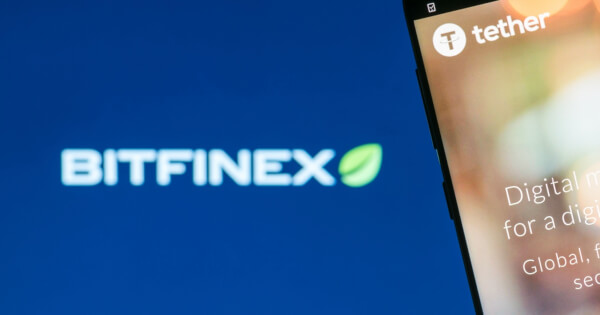In the rapidly evolving multichain paradigm of the Web3 ecosystem, LayerZero (ZRO) emerges as a novel solution poised to redefine Decentralized Applications (DApps) and cross-chain interactions. According to Bitfinex Blog, LayerZero addresses a critical challenge in the blockchain space: interoperability.
LayerZero’s Vision
LayerZero was created by Bryan Pellegrino and Ryan Zarick, who identified the fragmentation in the blockchain landscape, with numerous isolated networks operating independently. This fragmentation hindered the development of DApps that could leverage the unique strengths of multiple blockchains. LayerZero aims to bridge these gaps, fostering a more integrated and accessible multichain future.
How LayerZero Works
LayerZero utilizes a decentralized oracle network to relay messages between blockchains. These oracles act as intermediaries, listening to one blockchain and transmitting information to another, ensuring the protocol does not rely on a single point of failure. Instead of requiring full nodes for each blockchain, LayerZero uses Ultra-Light Nodes (ULNs) that require significantly less data to validate cross-chain transactions, making the process more efficient.
LayerZero’s Stargate feature allows the transfer of not just tokenized assets but also their underlying state, such as ownership history and smart contract states. This capability ensures that when an asset is transferred from one blockchain to another, its associated data is also transferred.
Uniqueness and Flexibility
LayerZero stands out due to its unique approach to achieving true interoperability among diverse blockchain networks. Unlike other solutions that often rely on centralized bridges, LayerZero introduces a novel method of facilitating communication between blockchains through a combination of decentralized oracles and ultra-light nodes. This architecture enables the seamless transfer of assets and their associated data across different blockchains, setting a new standard in the field.
LayerZero’s flexibility allows developers to tailor specific aspects of the protocol, such as oracle selection and security parameters, to fit the needs of their DApps. This flexibility, coupled with a commitment to maintaining a lightweight and efficient protocol, is critical for scalability and user experience.
The LayerZero Ecosystem
Relayers
Relayers are components of the LayerZero protocol that transmit messages and data between different chains. They are crucial for maintaining the protocol’s decentralized, trustless, and efficient cross-chain communication capabilities.
Oracles
Oracles in the LayerZero protocol provide essential services to ensure the integrity and reliability of information being transferred between different Web3 chains. They enable seamless interactions between diverse blockchain networks, supporting the vision of interconnected and interoperable multichain ecosystems.
The ZRO Token
The native token of LayerZero is ZRO, which has not yet launched. Recently, a fake airdrop occurred, so users are advised to exercise caution and ensure they only get information regarding ZRO from official LayerZero communication channels.
Buying ZRO on Bitfinex
To buy ZRO on Bitfinex, users need to log in or sign up for an account. They can deposit crypto or fiat to their Bitfinex account and trade it for ZRO once the funds arrive in their wallet. Bitfinex also offers a mobile app for on-the-go transactions.
Image source: Shutterstock



